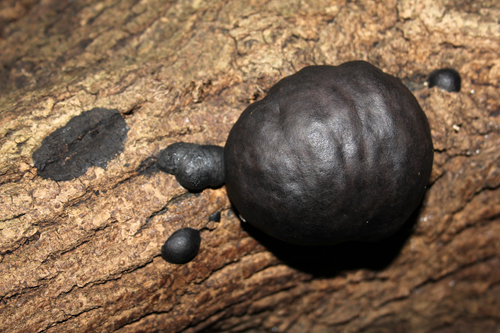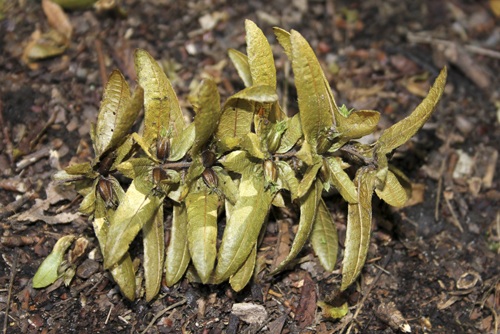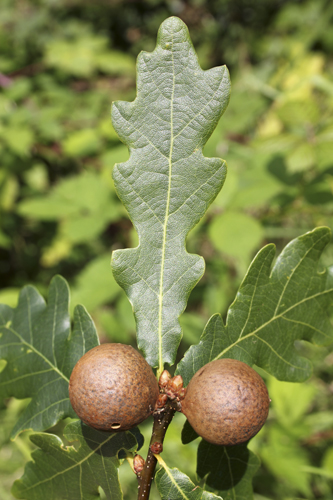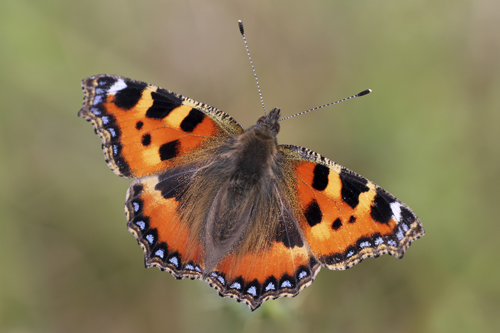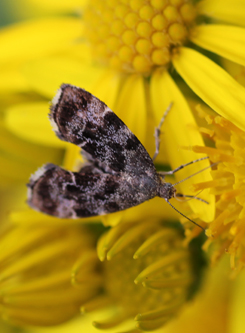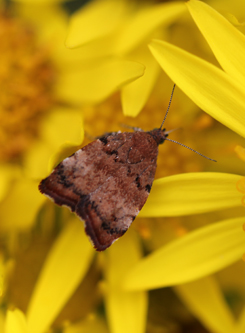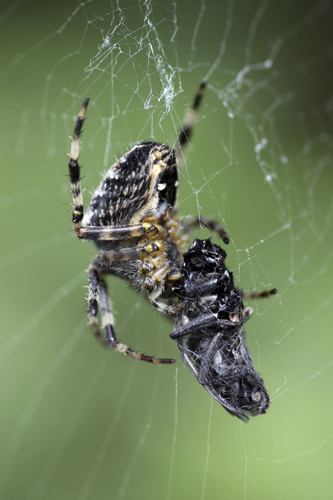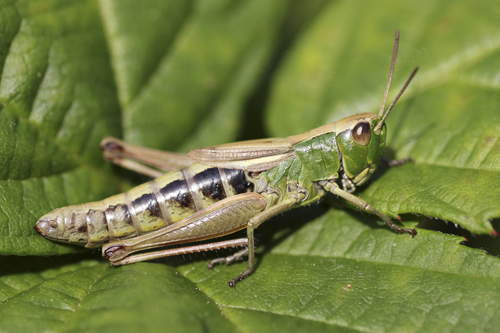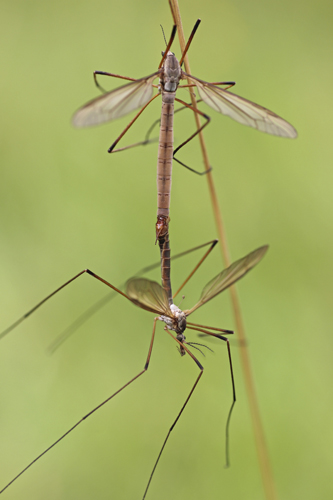I joined fourteen members of the Liverpool Botanical Society walk around Dibbinsdale NR. It was billed as a fungal foray but there seems to be a distinct lack of fungi at the moment only a few common species were found – Coral Spot Fungus Nectria cinnabarina, Sycamore Tar Spot Fungus Rhytisma acerinum, King Alfreds Cakes Daldinia concentrica, Black Witches Butter Exidia glandulosa, Dead Man’s Finger’s Xylaria polymorpha, Turkeytail Trametes versicolor, Southern Bracket Ganoderma australe, Jelly Ear Auricularia auricula-judae, Hairy Stereum Stereum hirsutum and Smoky Bracket Bjerkandera adusta.
King Alfred’s Cake
Compare this with a few years ago when Dibbinsdale was a mass of interesting fungi finds with Orange Peel Fungus Aleuria aurantia, Funeral Bell Galerina marginata and Upright Coral Ramaria stricta. see Blog Archive Sept & Oct 2010
The Botanists were kept busy identifying the plant, fern and tree species we encountered during our walk. Some of the plants were still in flower such as Common Fleabane Pulicaria dysenterica, Common Ragwort Senecio jacobaea, Tufted Vetch Vicia cracca, Himalayan Balsalm Impatiens glandulifera, Thyme-leaved Speedwell Veronica serpyllifolia,Brooklime Veronica beccabunga, Lesser Stitchwort Stellaria graminea, Self-heal Prunella vulgaris, Round-leaved Mint Mentha suaveolens, Yellow Loosestrife Lysimachia vulgaris, Hedge Bindweed Calystegia sepium, Hedge Woundwort Stachys sylvatica, Wild Angelica Angelica sylvestris, Hogweed Heracleum sphondylium and Greater Celandine Chelidonium majus whereas others had gone to seed – Enchanter’s Nightshade Circaea lutetiana, Herb Bennet a.k.a Wood Avens Geum urbanum, Sanicle Sanicula europaea, Common Sorrel Rumex acetosa, Great Willowherb Epilobium hirsutum, Purple Loosestrife Lythrum salicaria, Ribwort Plantain Plantago lanceolata, Greater Plantain Plantago major and Teasel Dipsacus fullonum.
Interesting Ferns included Hart’s-tongue Fern Phyllitis scolopendrium and Broad-leaved Buckler Fern Dryopteris dilatata. The leaves of one of the Horse Chestnut Trees were beginning to turn red it is predicted to be a great year for autumnal colours! Other Trees of note included Small-leaved Lime Tilia cordata and European Hornbeam Carpinus betulus with its distinctive seeds.
Hornbeam Seeds
A few Galls were found on the Oak Trees – Oak Knopper Gall caused by the Gall Wasp Andricus quercuscalicis and Oak Marble Gall caused by the Gall Wasp Andricus kollari and a Bedeguar a.k.a. Robins Pincushion Gall on Dog Rose Rosa canina caused by the Gall Wasp Diplolepis rosae.
Oak Marble Gall
Birdlife included Buzzard, Nuthatch, Jay, Coal Tits and Bullfinches. There were plenty of Insects and Invertebrates to keep me snapping Butterflies included Small White Pieris rapae, Small Tortoiseshell Aglais urticae, Red Admiral Vanessa atalanta, Comma Polygonia c-album and Speckled Wood Pararge aegeria.
Small Tortoiseshell
A couple of Micromoth species enjoying the Common Ragwort Senecio jacobaea Nettle-tap Anthophila fabriciana (a common species sometimes found in large numbers around Nettles Urtica dioica, the larval foodplant) and the Apple Leaf Skeletonizer Choreutis pariana (so-called because of the larva’s habit of eating away the parenchyma from the upper surface of leaves of the foodplant Malvus sp. resulting in a skeleton leaf appearance)
Nettle-tap (l), Apple Leaf Skeletonizer (r)
Garden Spiders Araneus diadematus were busy again with many capturing prey in their webs also a few Autumn Spiders Metellina segmentata and a Nursery Web Spider Pisaura mirabilis.
Garden Spider enjoying lunch
Common Green Grasshopper
Other finds included adult and nymph Green Shield Bug Palomena prasina, Ichneumon Wasp Pimpla rufipes, a pair of mating Craneflies Tipula paludosa and Common Green Grasshopper Omocestus viridulus.
Mating Craneflies

